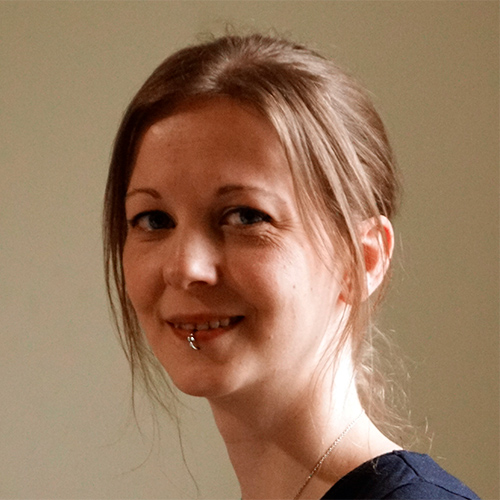In the late 1800s, doctors and scientists began gathering evidence that the pattern of ridges on a person’s fingersisnot onlyunique to them,but alsostaysthe same throughout their life, making fingerprints useful for identification. It wasn’t long before fingerprints were being used to catch criminals and they remain an important forensic tool today.
The likelihood of two people sharing identical fingerprints by chance is estimated to be less than one in64 billion. Based on those odds, researchers have calculated that it would take more than a million years for twopeople withidentical fingerprints to appear by chance in Scotland Yard’s fingerprint database.
Even identical twins – who have the same DNA sequence and tend to share a very similar appearance – have slightly different fingerprints. That’s because fingerprints are influenced by both genetic and environmental factors during development in the womb.
Fingerprints are set between 13 and 19 weeks of foetal development. The precise details of the whorls, ridges, and loops are affected by many factors, including umbilical cord length, position in the womb, blood pressure, nutrition and the rate of finger growth. Those small differences can become more pronounced after birthas a result of differences in weight and height, for example.
So, although their shared DNA means identical twins’ fingerprints do tend to be more similar than those of strangers, forensic experts and state-of-the-art recognition software can still spot the difference, making it harder than you might think for twins to become criminal masterminds.
But fingerprints are not unique to humans. Chimpanzees and gorillas also have fine ridges on their fingertips that seem to be unique to individuals, which we probably inherited from a shared ancestor. Plus, a more distant relative, thekoala, has independently evolved fingerprints that are surprisingly similar to ours.
Read more:
- Could two people who aren’t twins have the same DNA?
- What’s the biological difference between identical twins and clones?
- Do identical twins think alike?
- Can facial recognition software differentiate between identical twins?
Asked by: Eleanor Warnes, Bolton
To submit your questions email us at questions@sciencefocus.com (don't forget to include your name and location)
